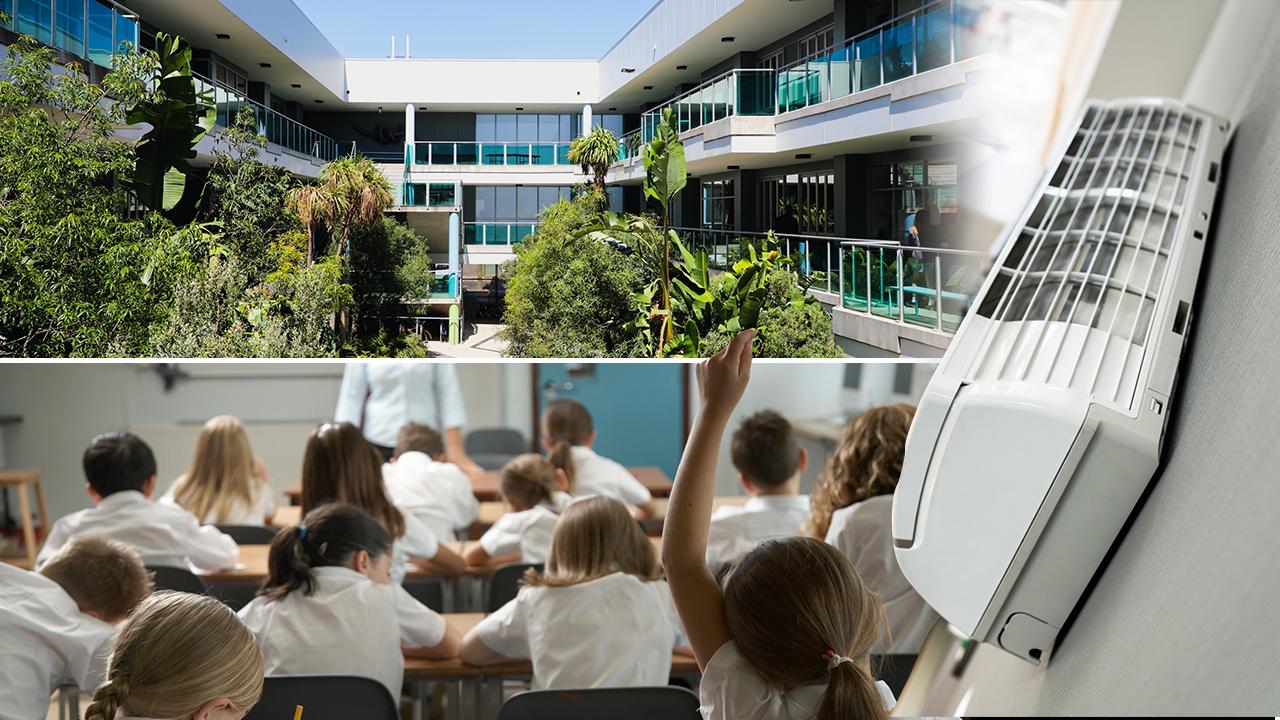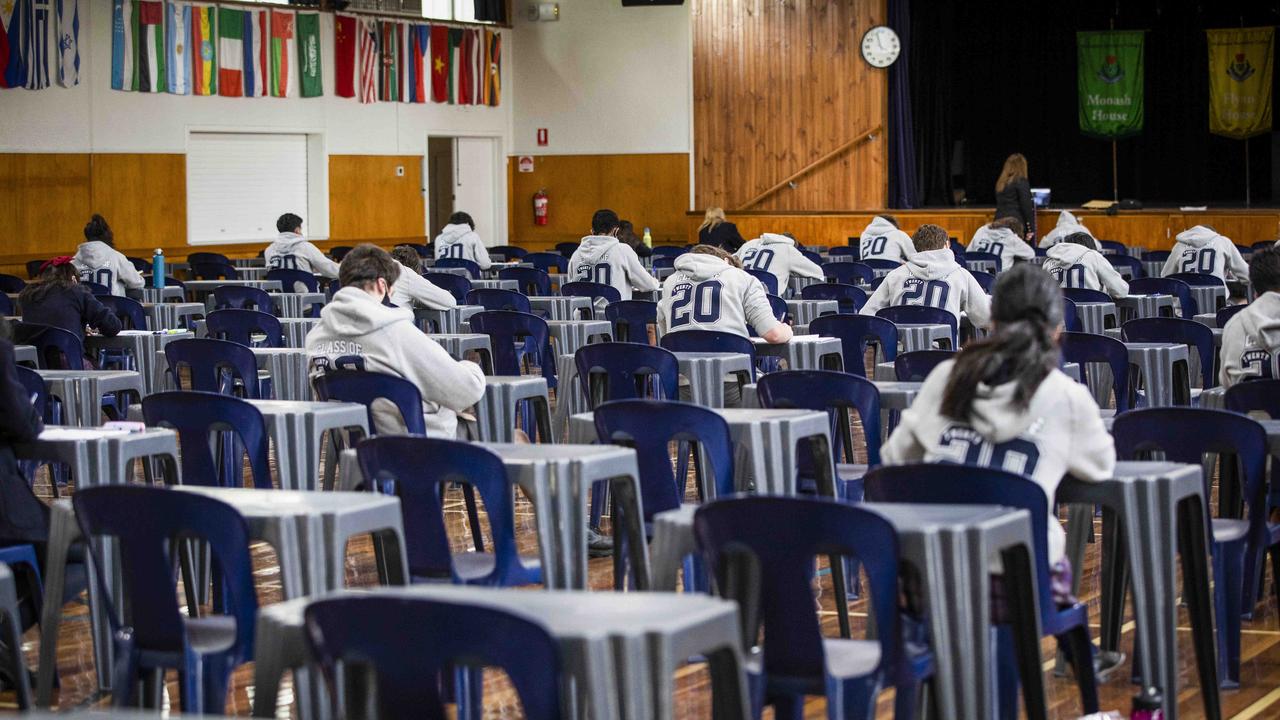70,000 students skip NAPLAN testing throwing statistics in disarray
More than 70,000 Australian students failed to sit for NAPLAN testing this year, throwing the reliability of results into disarray.
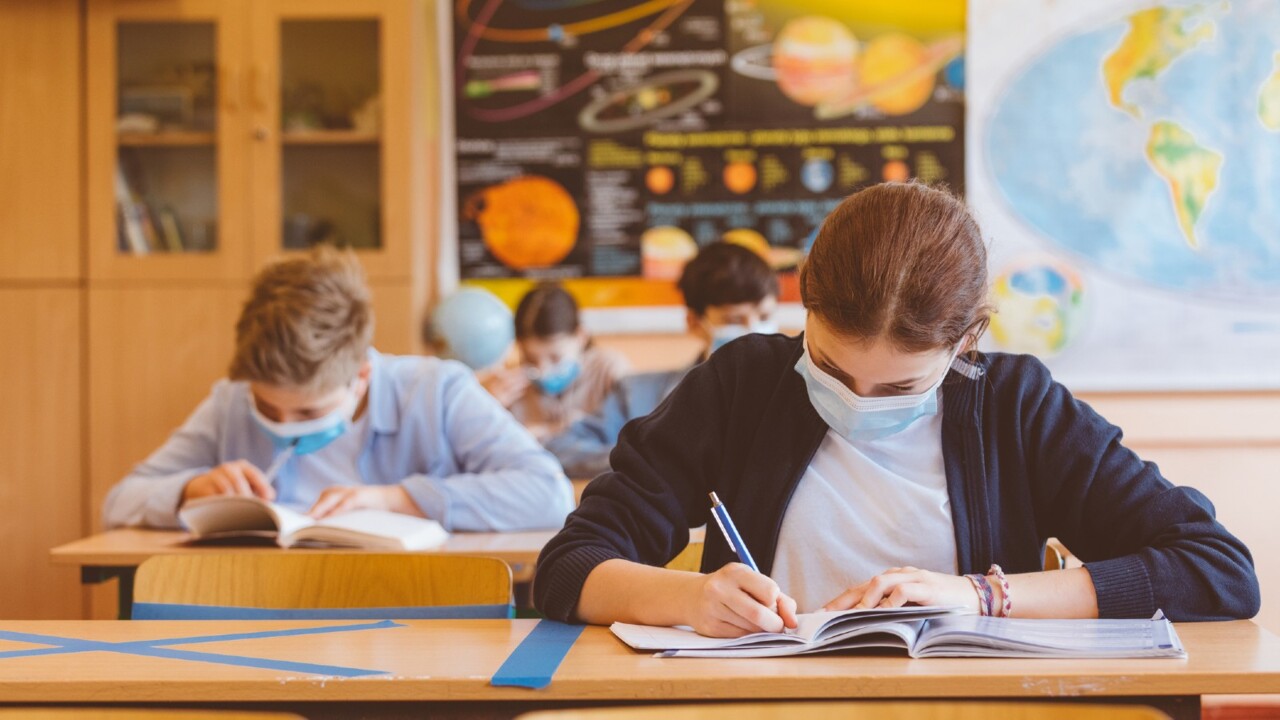
Education
Don't miss out on the headlines from Education. Followed categories will be added to My News.
More than half a million NAPLAN tests were not completed due to flu, flood and covid, halting the release of the preliminary results from the fully virtual national assessment.
The lowest participation rate was for year nine numeracy, where 15 per cent of students - or around 48,0000 individuals- did not take the test despite having an extra two weeks to do so.
The lack of results prompted Correna Hayhorpe, Australian Education Union Federal President, to call for the “outdated” NAPLAN test to be scrapped.
Ms Haythorpe said the low participation rates can’t be attributed to Covid-19 and flu outbreaks alone. “What the low participation rate shows is that parents are increasingly aware that they can opt their child out of NAPLAN,” she said.
Overall, 126,000 students – one in 10 – did not take part in the controversial national assessment test which was fully held online for the first time in 2022. In past years the participation rate has been above 95 per cent across the board, with each student usually siting four tests.
This year rates of non-participation were highest among older students, with up to 220,000 year nine tests, or 15 per cent, across the country not completed.
This compares to 107,000 year three tests - around seven per cent - not completed, 97 per cent of year five tests (six per cent) and 143,000 year seven tests (nine per cent).
These figures were released to the Herald Sun on request, with an earlier media briefing suggesting the non-completion figures were much lower.
A total of 1.2 million students sat the test, completing 4.3 million test papers.
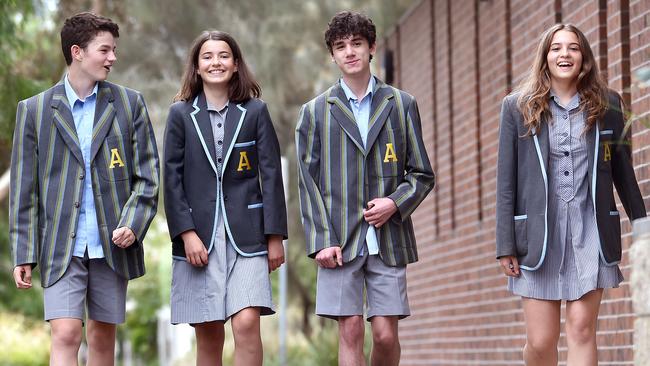
Russell Dyer from the Australian Curriculum, Assessment and Reporting Authority said the record-low rates of participation were not expected and could not be fully explained.
“It’s quite a complicated issue,” he said.
However, Glenn Fahey, educational director of the Centre for Independent Studies, said the rate of participation should have been much higher given that students had nine days initially to sit the test and then another two week extension.
“If schools were motivated to make sure their students sat the test then they had every chance to do so,” he said.
“It reveals, not only the impact of short term factors like covid and floods, but a declining appreciation of the value of Naplan by schools,” Mr Fahey said.
“ACARA cancelled the 2020 test which sent the message that it was nice to have but negotiable,” he said.
He said some teachers may also have had less confidence in the ability of students to sit the test after the turbulence of the past two years.
It comes as the Australian Education Union has been a long-standing opponent to the test.
Initial results were expected to be released on Friday, which were set to provide the first national snapshot of how covid has affected the country’s students.
But schools and state bodies were left in the dark about their students’ performance after ACARA confirmed that overall results would not be delivered this year due to “lower than usual student participation rates as a result of the pandemic, flu and floods”.
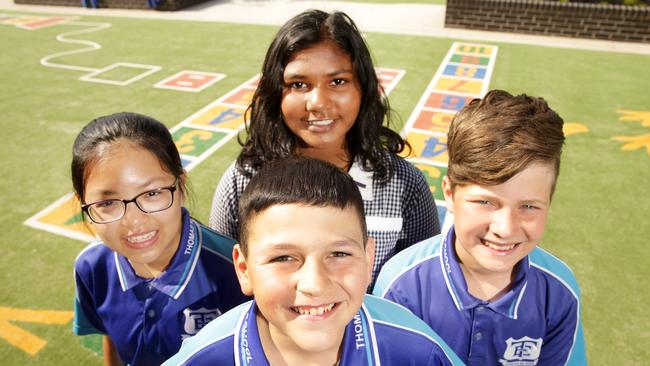
ACARA’s chief executive David de Carvalho said the historically low participation rate meant that results had to be more closely explored at a “jurisdictional level”.
But individual students and schools would still receive their results in the coming weeks.
“The lower than usual participation rate means closer analysis of jurisdictional level results
is required using student background information, once that information is fully checked and
cleared by state and territory education authorities,” Mr de Carvalho said.
“NAPLAN is one of the only national measures available into the effects of the pandemic on
schooling, and so taking the time to investigate the data more closely is important.
“We need to look closely at jurisdictional level trends in particular to understand whether any
change is due to overall achievement level or to the particular groups of students who were
absent through testing, whether from lower or higher performing cohorts.”
Victorian Education Minister Natalie Hutchins said results remained a matter for ACARA.
She said: “We’re pleased students and schools will still receive individual level results in the coming weeks, but we want to ensure the integrity of national summary data before it is released”.
Federal opposition education spokesman Alan Tudge said the national curriculum body’s move to delay the first look into this year’s results was “concerning” because it risked preventing schools from knowing how the pandemic affected students.
He called for ACARA to release the interim results, despite potential variances in scores from previous years.
“School communities across Australia know that the pandemic and lockdowns have had impacts on children’s education,” he said.
“ACARA’s decision to delay the release of NAPLAN results is concerning as it risks the ability of Government to see the big-picture impacts of Covid and to address them.
“I call on ACARA to release this data, with any caveats they may see fit, in the interests of transparency.”
NAPLAN moved online for every student in grades five, seven and nine for the first time in May.
Students completed components of the test on tightly controlled web browsers that prevented cheating and collusion, while the overhauled assessment asked students to assess questions geared to their individual ability.
Just one in 18 students did the test online in 2018.
In Victorian budget figures released in May, overall NAPLAN performance was below target, with 68 per cent of year 3 pupils above the bottom band for numeracy, which was short of a 73 per cent target.
Other areas where NAPLAN targets were not met included year 7 numeracy, year 9 numeracy and year 9 reading.
The test will be completed earlier in the year, in term one, in 2023.
A full report will be published in November.



